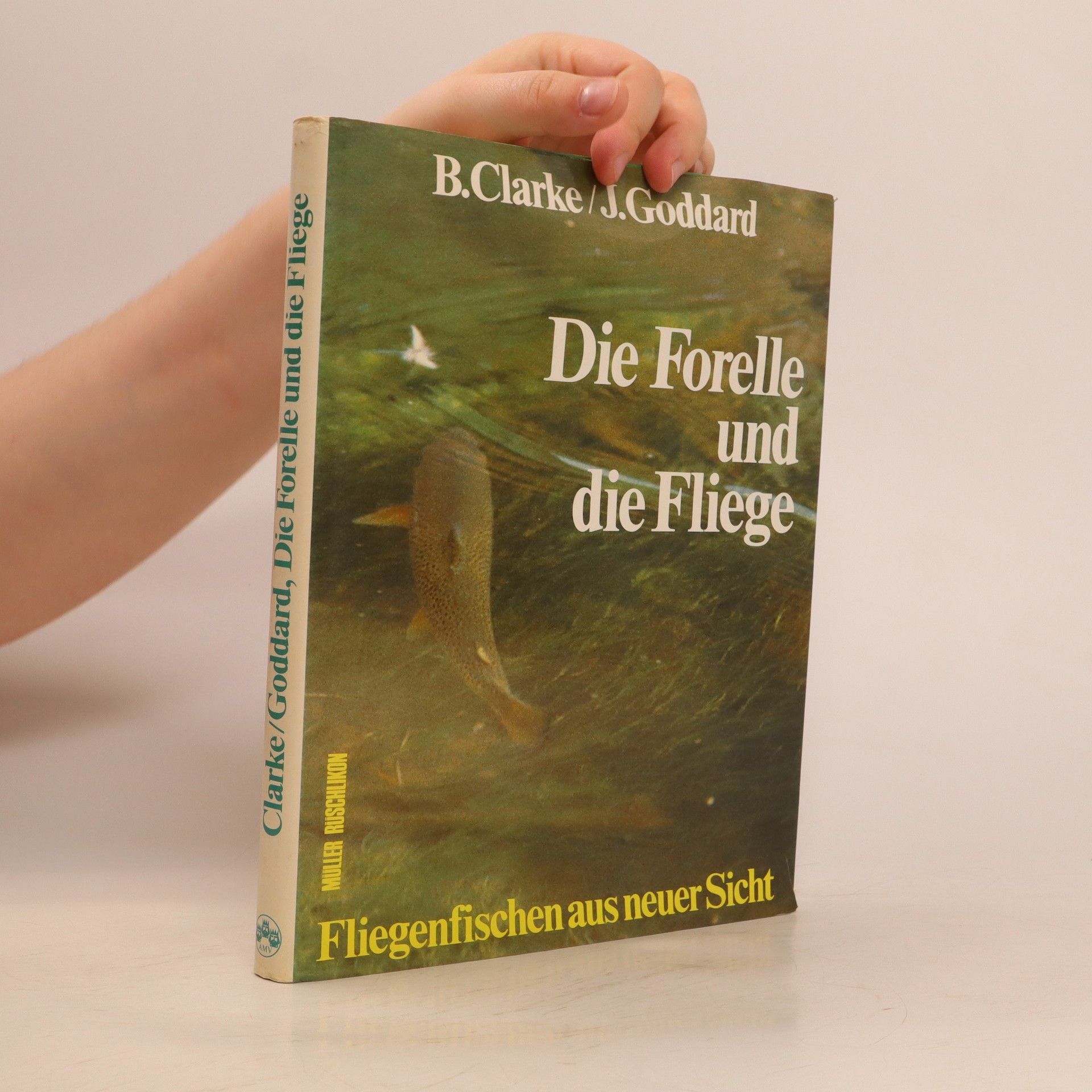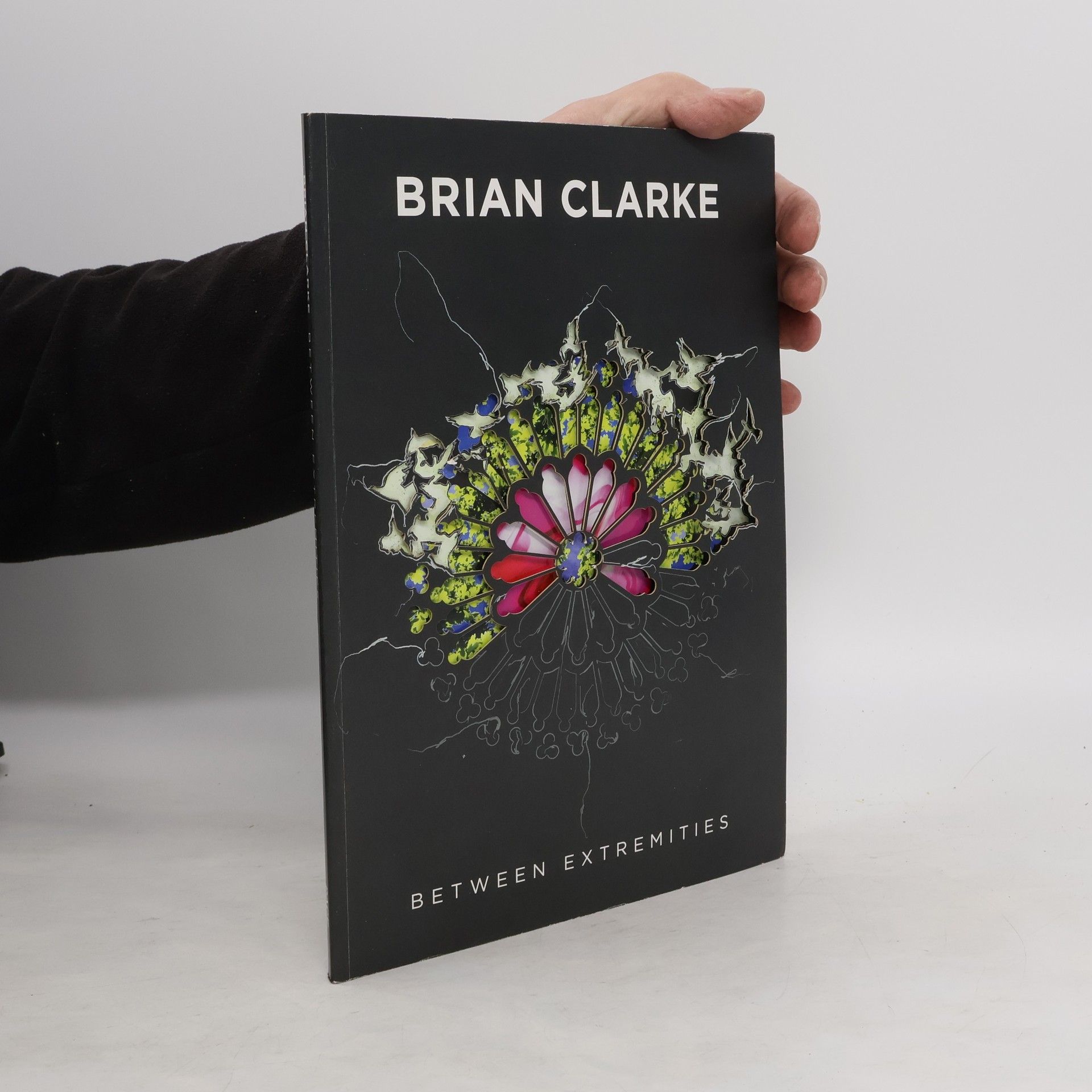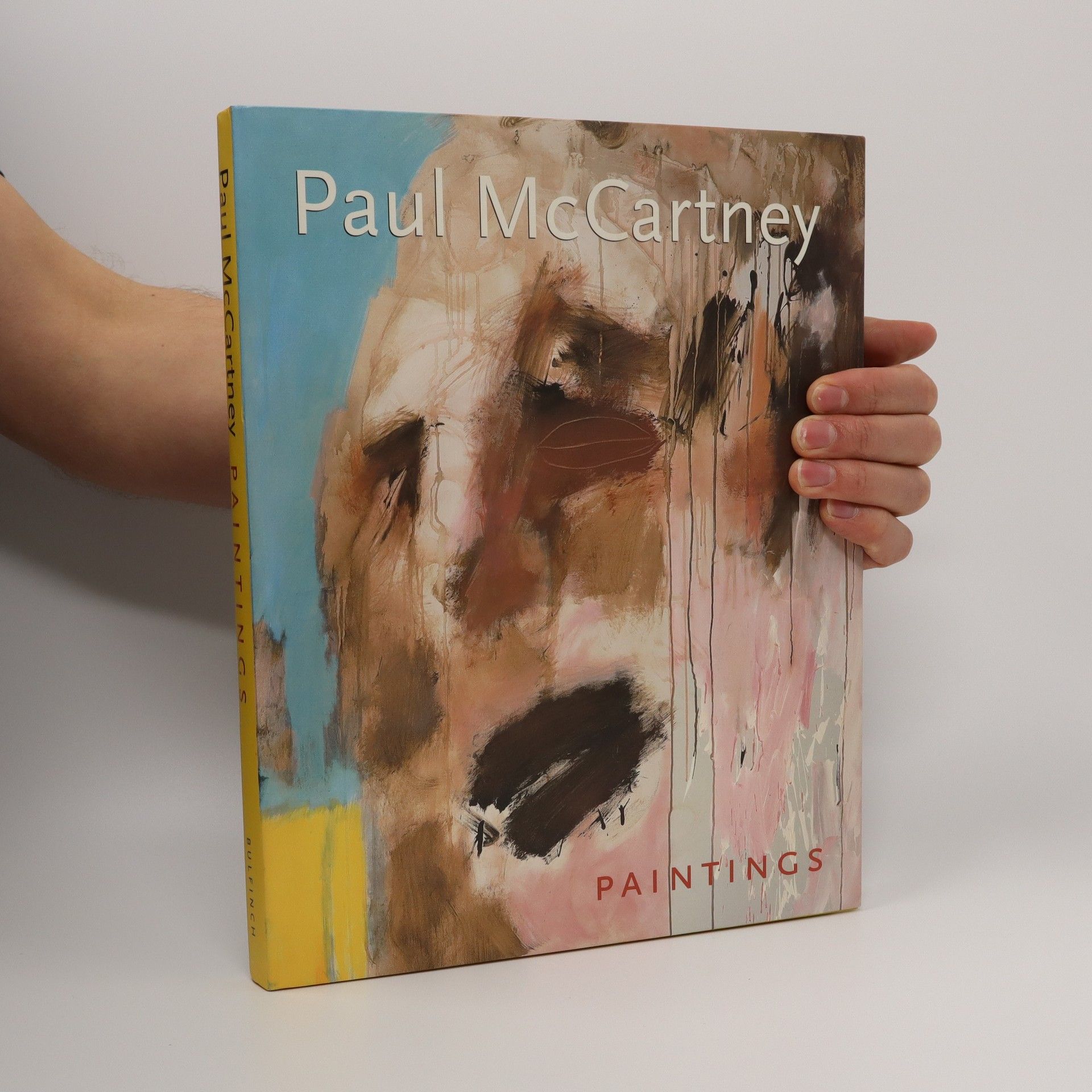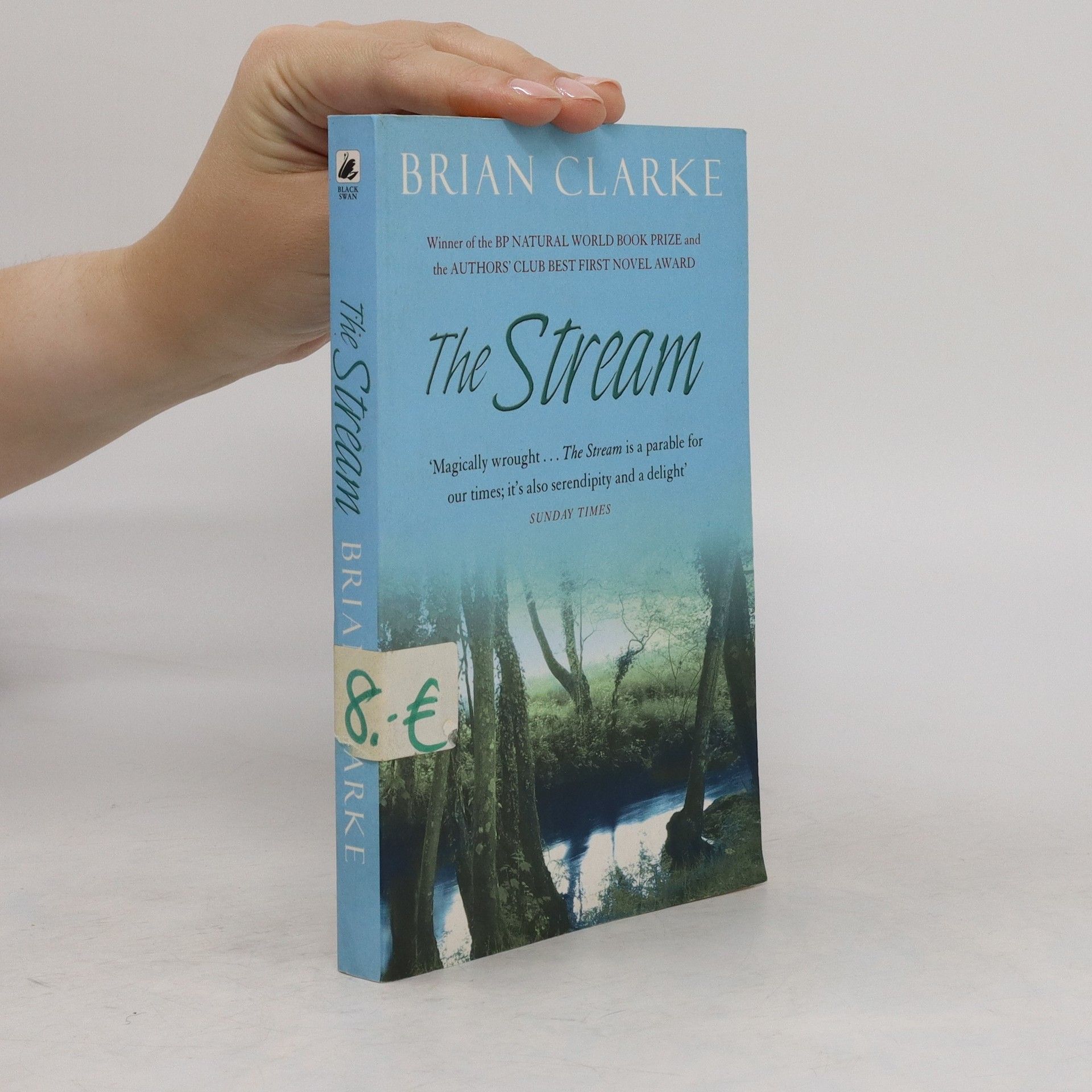The Stream
- 240 stránek
- 9 hodin čtení
A few protesters aside, the announcement of an industrial park in a depressed rural area is widely welcomed, bringing with it the promise of new jobs, new blood and a return to prosperity. A few miles away, in a small valley with a stream running through it, the management of a farm passes from father to son after years of wrangling between them about the way it should be run. Over time -and unnoticed by anyone -the impact of the new development on the surrounding land and the effects on the valley of the way the farm is now managed begin to compound one another. The pressures are felt most powerfully in the stream. Little by little, the small creatures that live there, and the birds and animals dependent on it, become sucked into a mute and desperate struggle for survival... With this remarkable novel, Brian Clarke brings the lives that real animals lead into focus. THE STREAM follows the dramatic events that result when, little by little, creatures able to act solely by instinct fall victim to the everyday activities of the human beings around them. There are no villains in this story. What happens occurs quite by chance. But as the drama unfolds, THE STREAM raises powerful questions about priorities and choices: about the kind of world we want -and are creating ...




